
学ぶことは、大切なことですよね。
今、多くの国では、子どもは、学校に行って学びます。
日本でも、6才になると、小学校などに行って学ぶことが普通です。
しかし、残念なことに、世界中の子どもが学校に行っているわけではありません。
世界には、学校に通えない子どももたくさんいます。
「 質の高い教育をみんなに」という目標は、SDGsの目標の1つです。
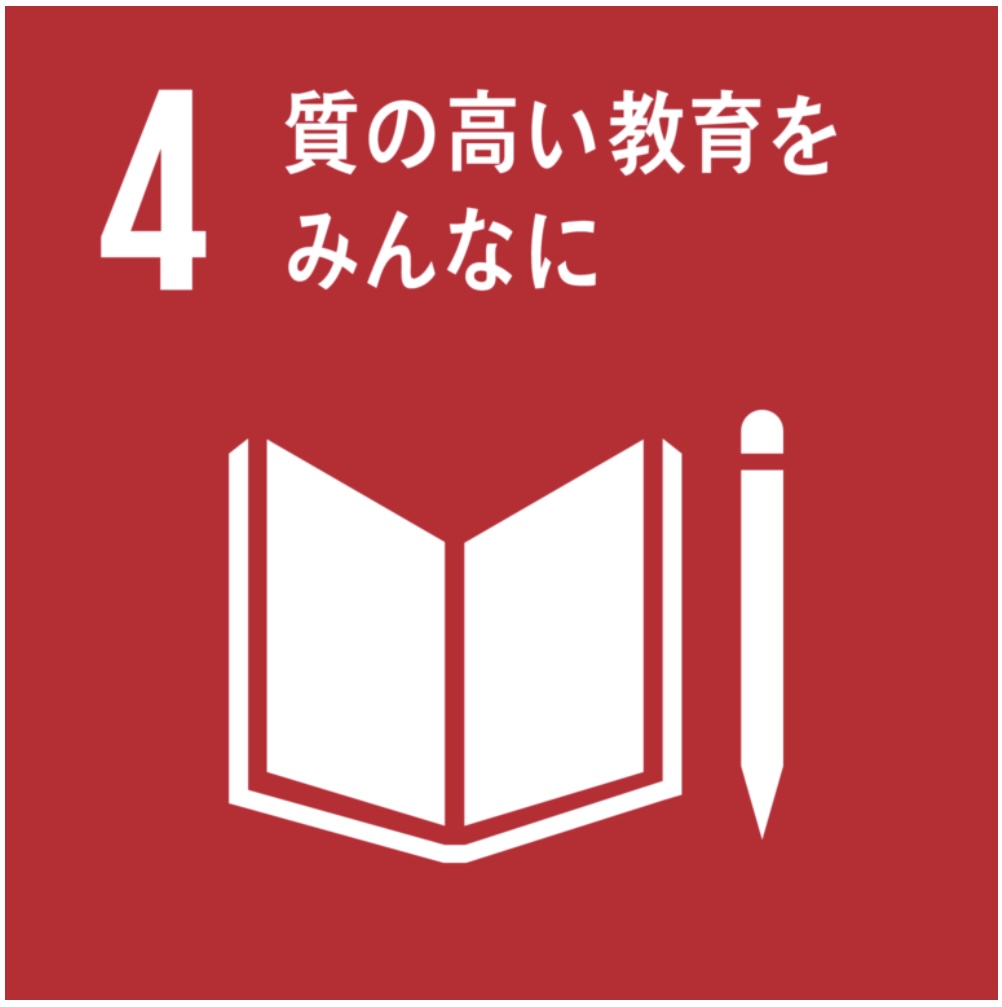
日本でも、昔からみんなが学校に行っていたわけではありません。
日本に学校ができ、子どもが学校で学ぶことになったのは、今からちょうど150年前の1872年(明治5年)に学制という法律ができてからです。
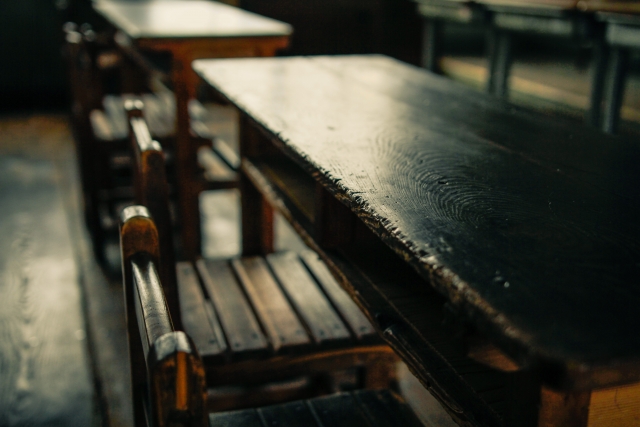
それまでの日本には、寺子屋というところがありました。寺子屋では、町人の子どもなどに、読むことや書くこと、そろばんや計算などを教えていました。
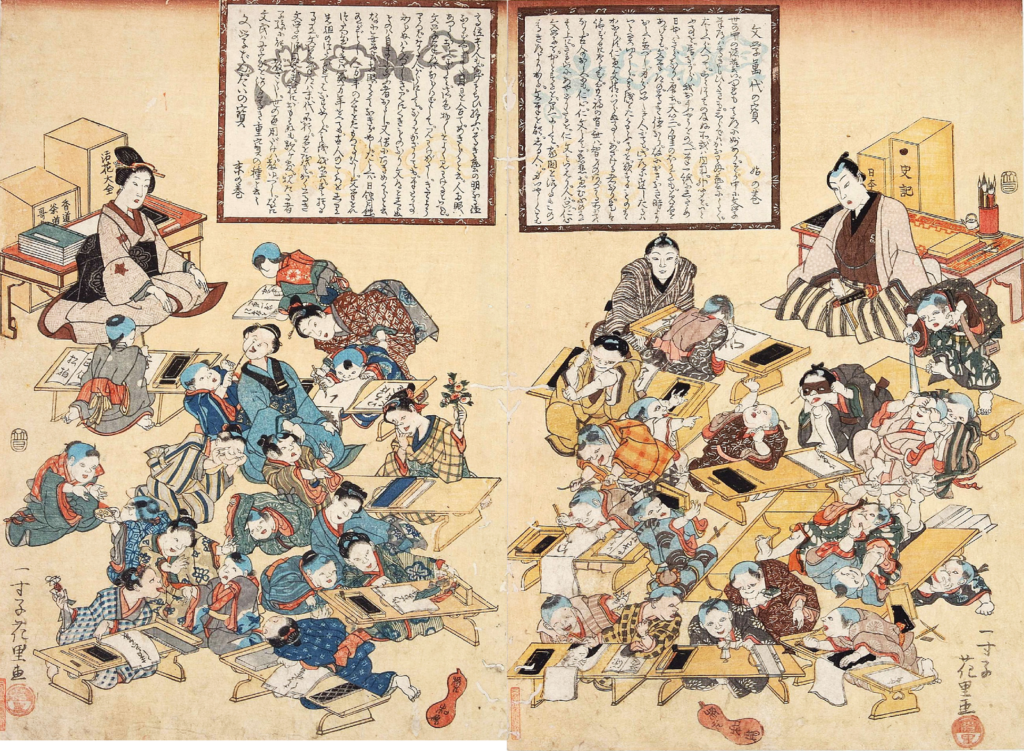
その時、人口のほとんどを占めていた田畑で働く百姓の子どもは、寺子屋に通うこともなく、少し大きくなると、親と一緒に田畑で働くのが普通でした。今でも、多くの国では、子どもが少し大きくなると、働くことが普通の国も多いです。
サハラ砂漠より南にあるアフリカの国々、西アジアや南アジアの国々では、5人に1人が小学校に通い学ぶことができません。
関係する言葉についてもお読みください。
Learning
In many countries today, children go to school to learn.
In Japan, it is also common for children to go to elementary school or other schools to learn at the age of six.
Unfortunately, however, not all children in the world go to school.
There are many children in the world who cannot attend school.
The goal of “quality education ” is one of the targets of the SDGs.
In Japan, not everyone has been going to school for a long time.
It was not until 1872 (Meiji 5), exactly 150 years ago, that schools were established in Japan and children began to learn in schools, when a law called the “school system” was enacted.
Until then, there were places called terakoya in Japan.
Terakoya taught reading, writing, abacus, calculation, etc. to the children of townspeople.
At that time, children of peasants who worked in the fields, which made up most of the population, did not attend terakoya and usually worked in the fields with their parents when they were a little older.
Even today, in many countries, it is still normal for children to work when they are a little older.
In African countries south of the Sahara Desert, West Asian countries, and South Asian countries, one in five children cannot attend elementary school.
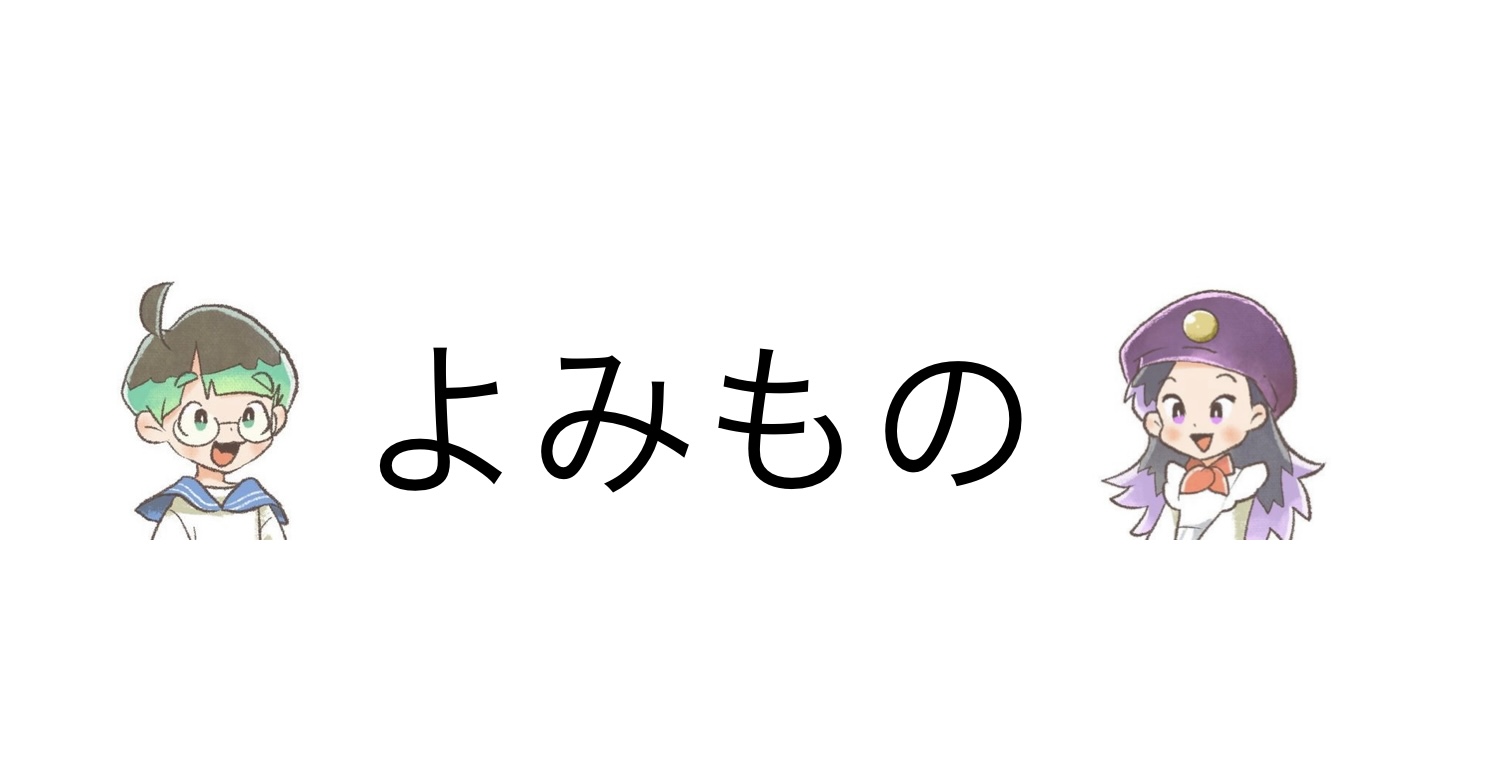
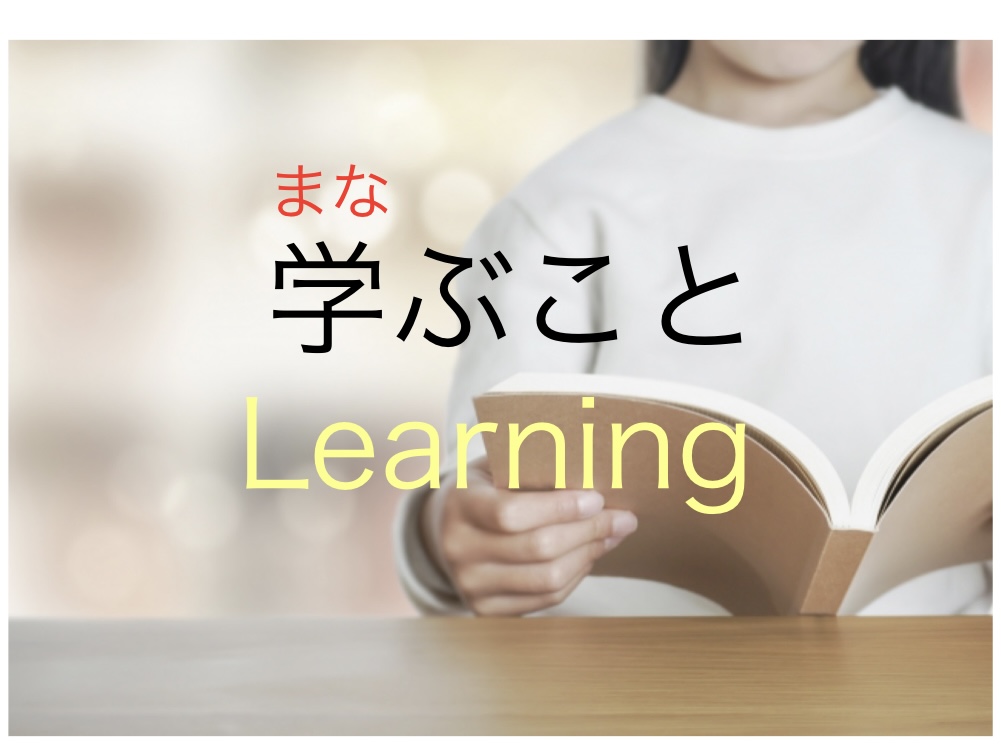


コメント